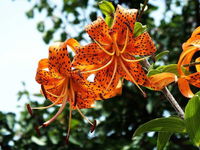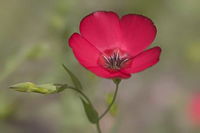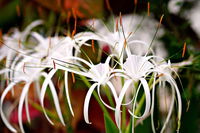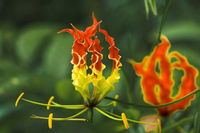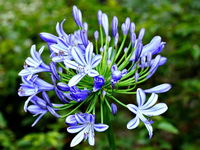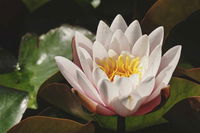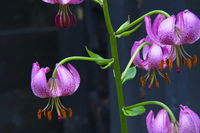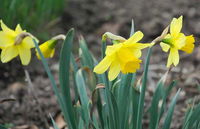
Pictures of Lily Trivia Quiz
There are several different types of lily, and some flowers and plants have lily as part of the commonly used name for them even though they aren't actually in the lily family. With just a photo to guide you, can you match the names to the pictures?
by rossian.
Estimated time: 3 mins.

